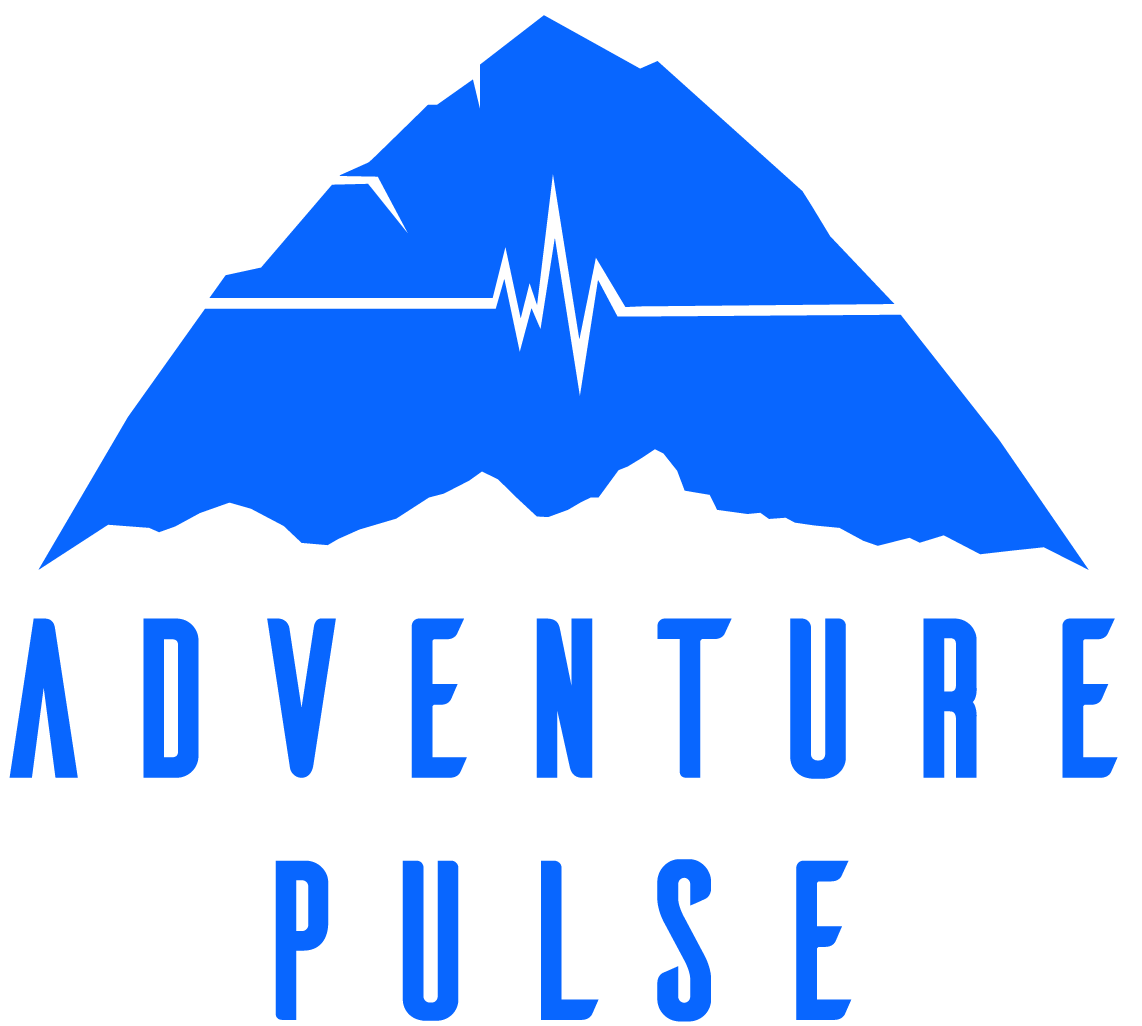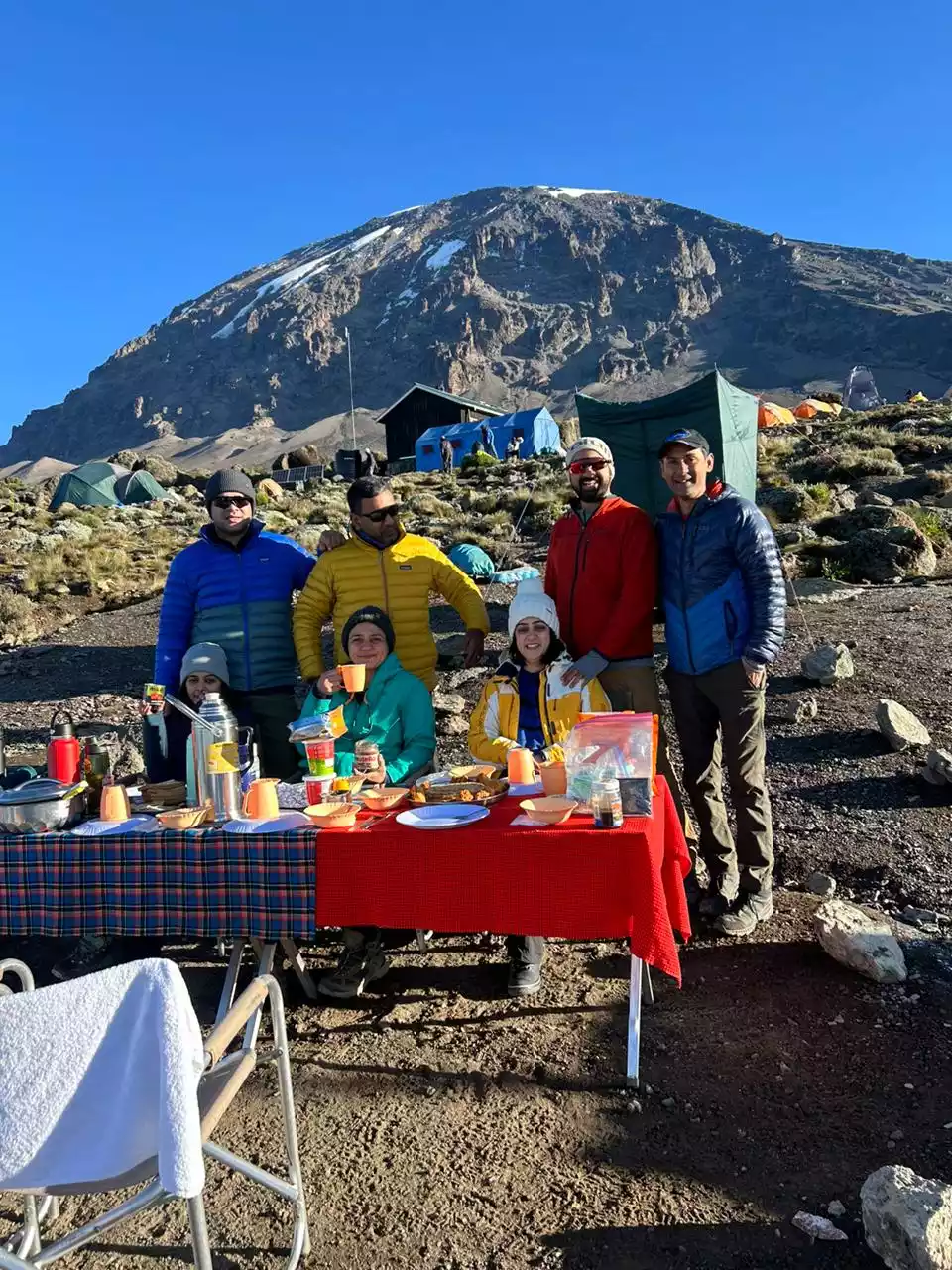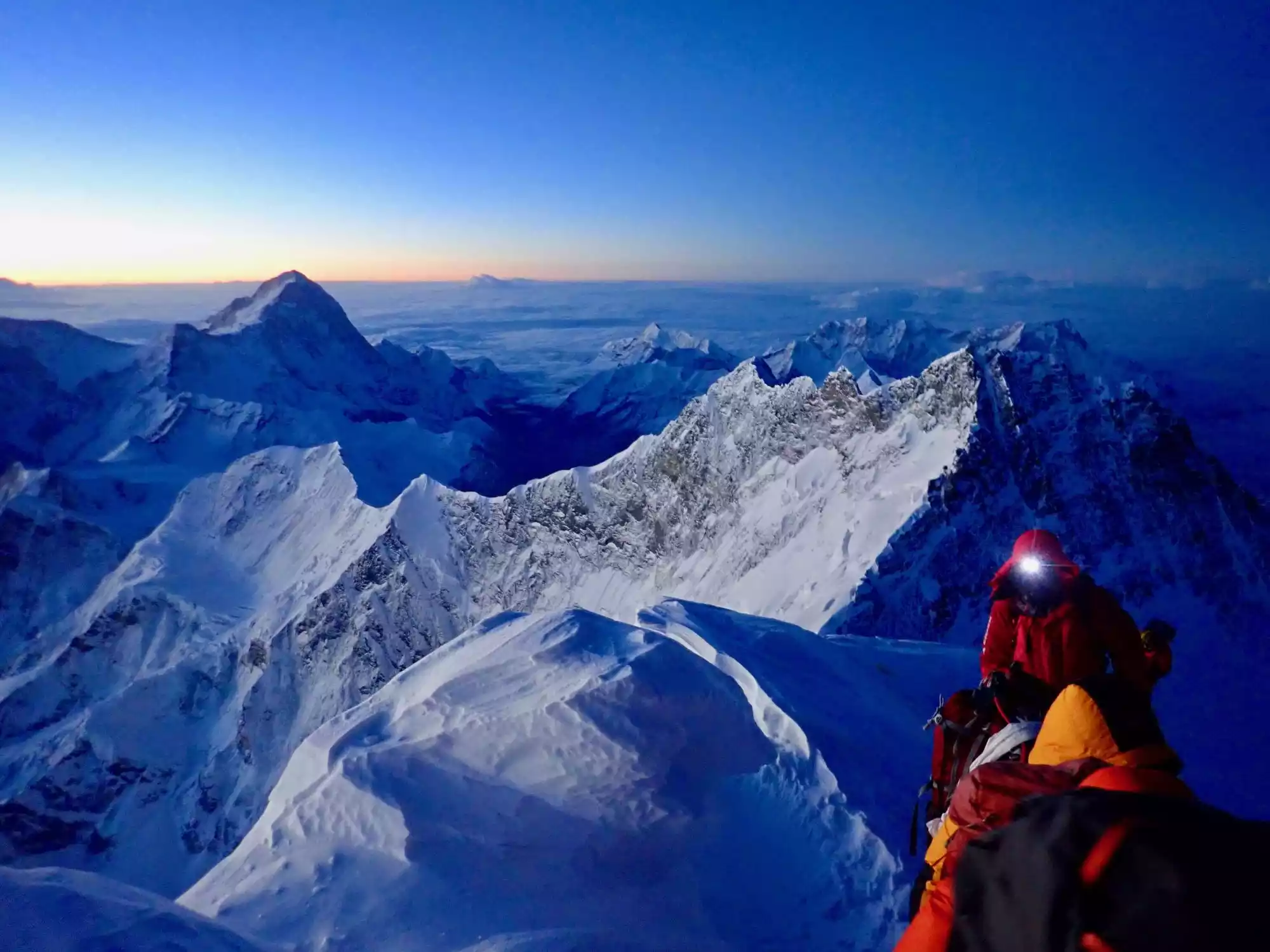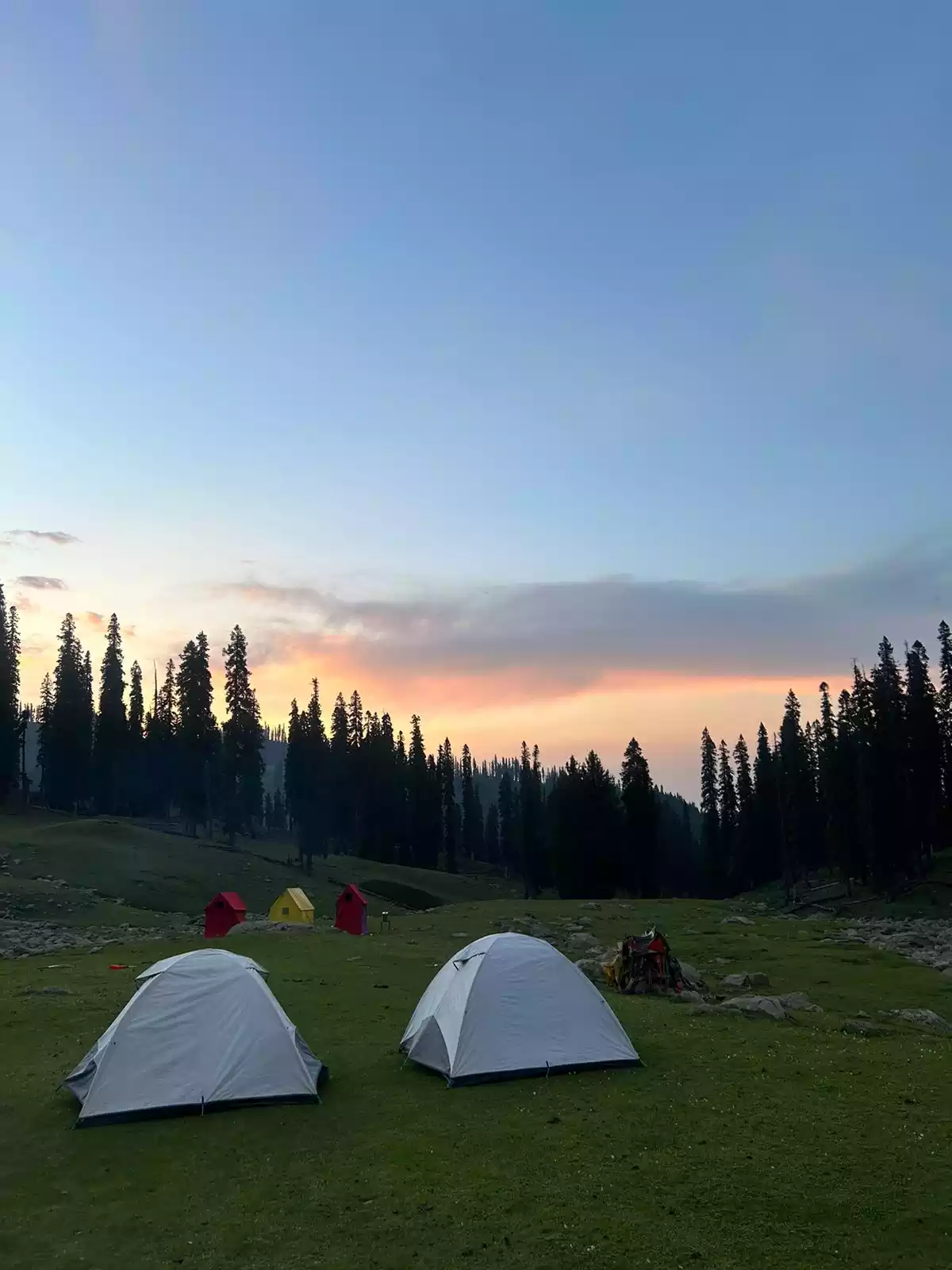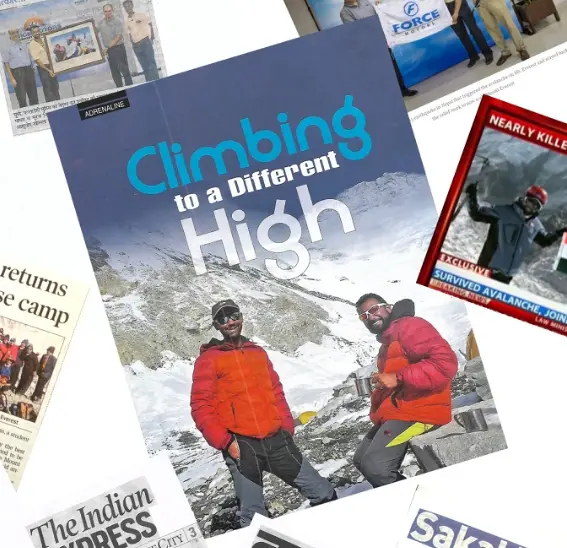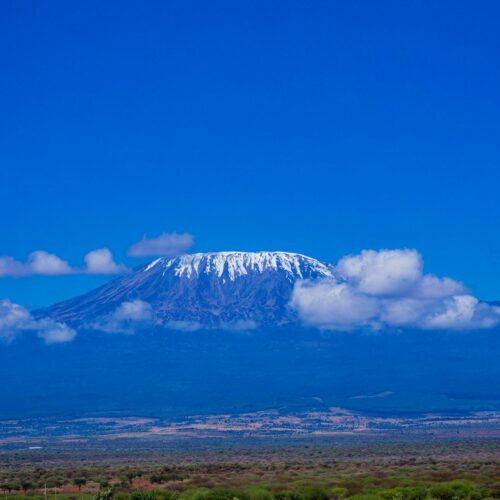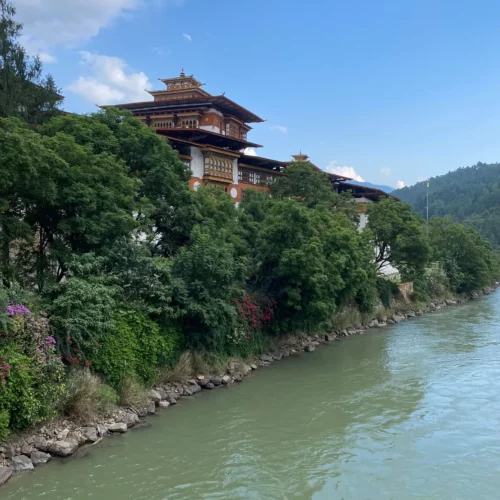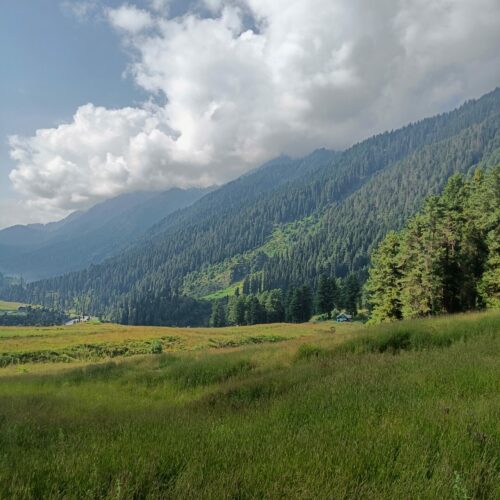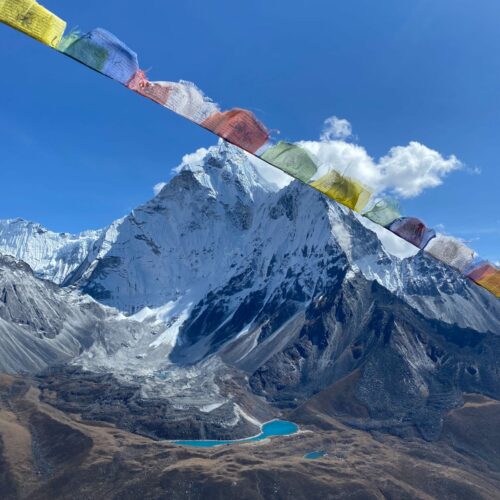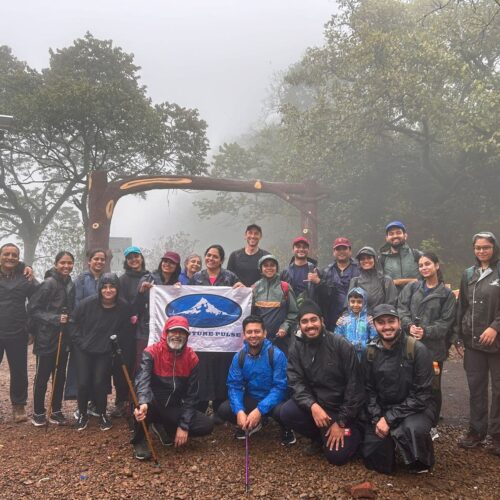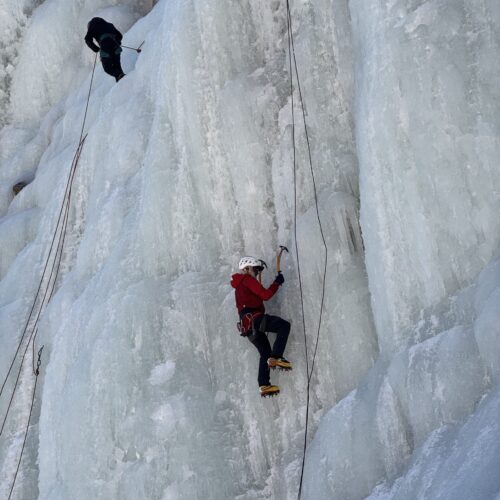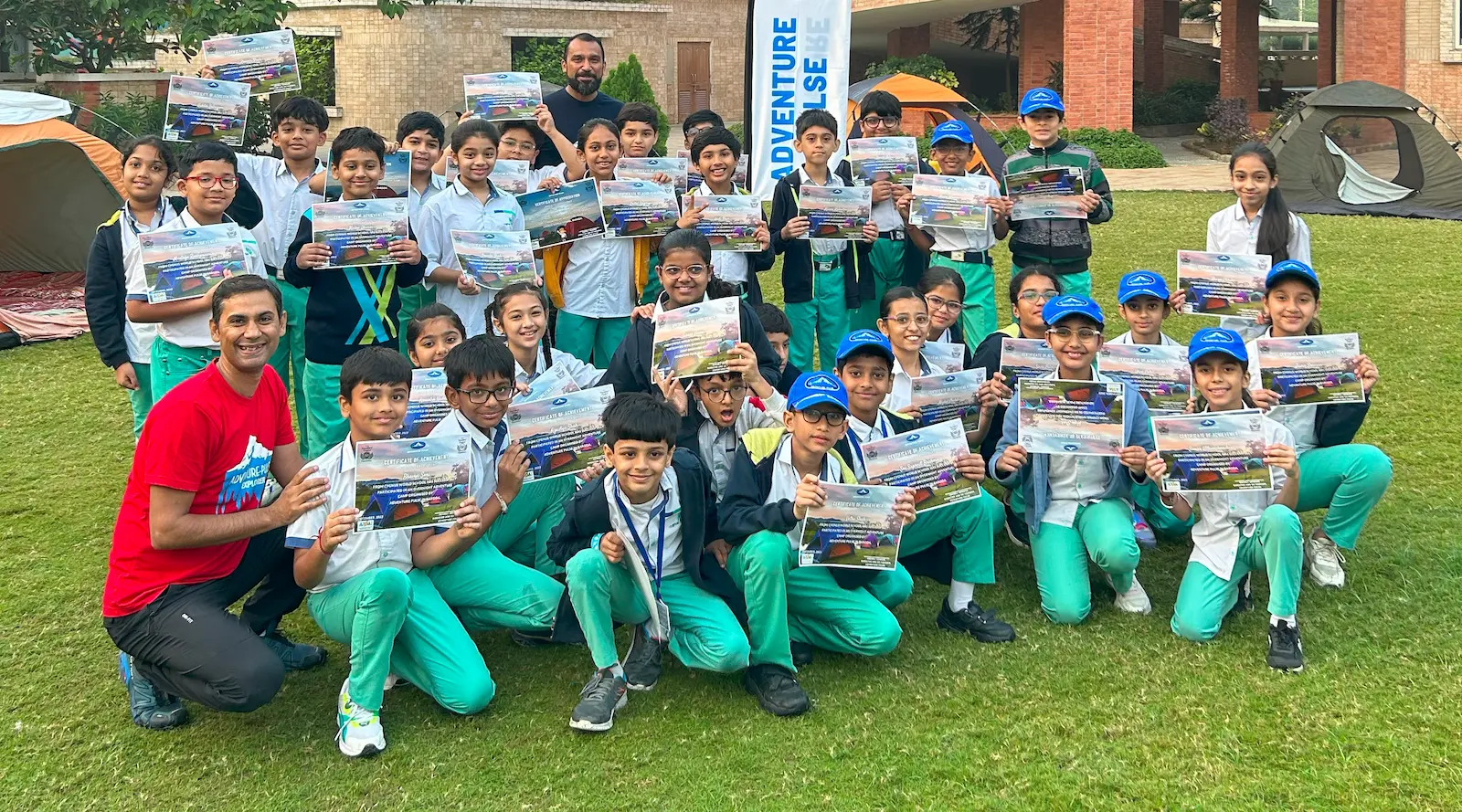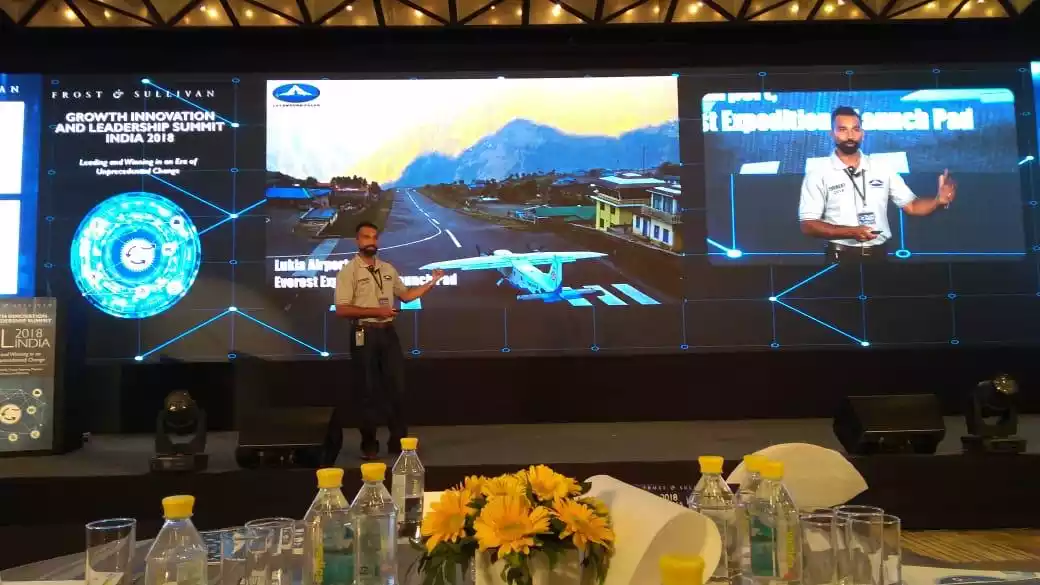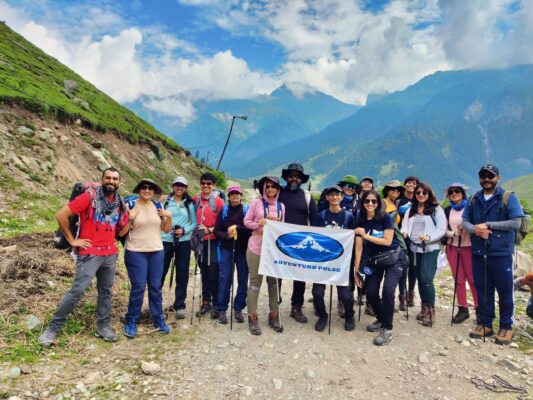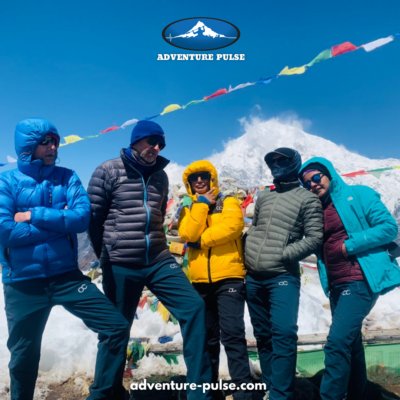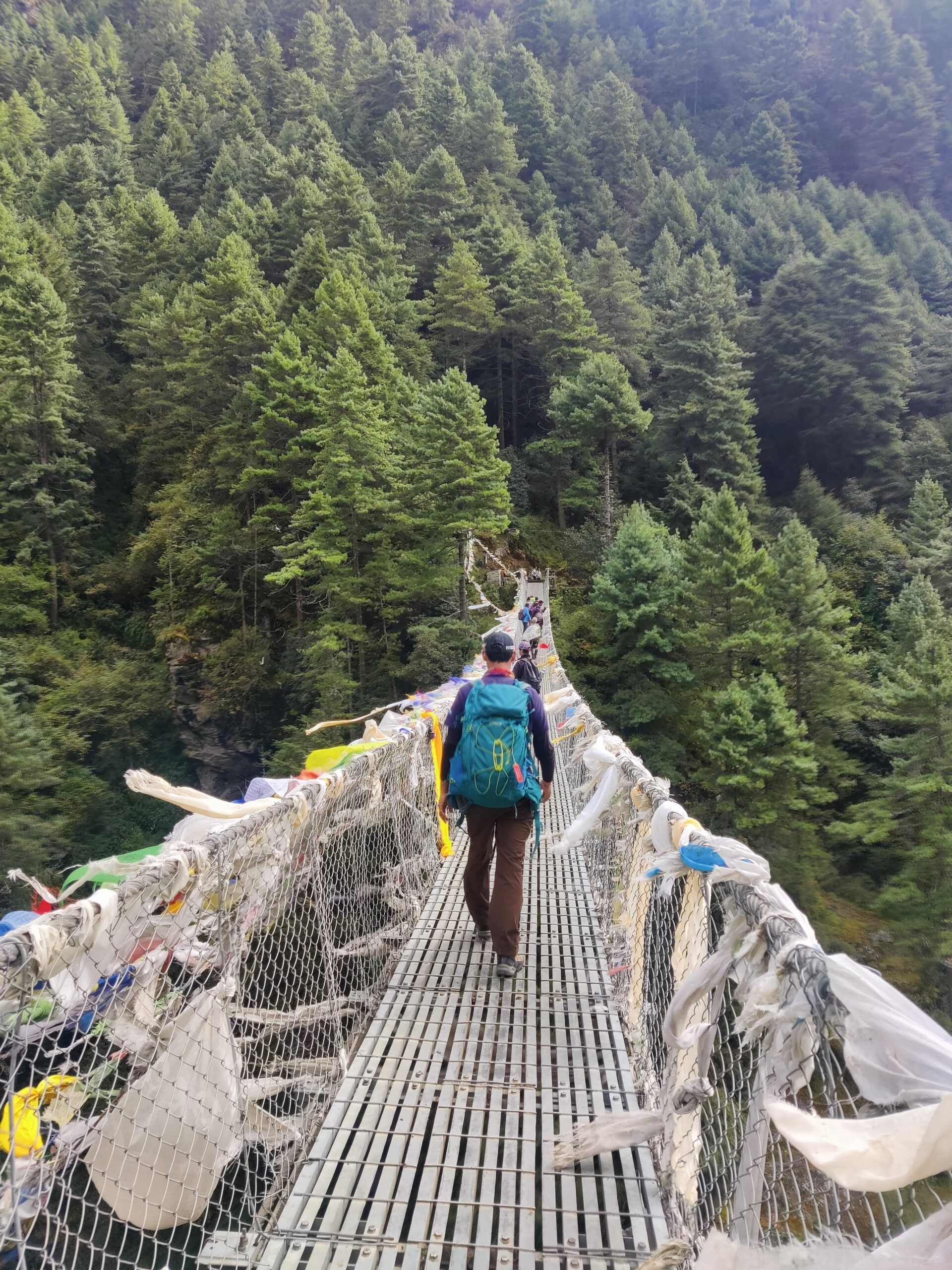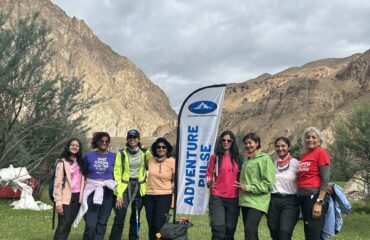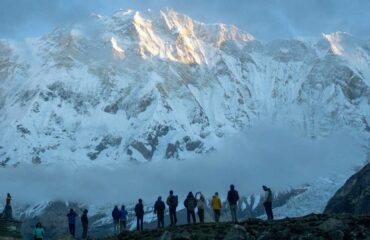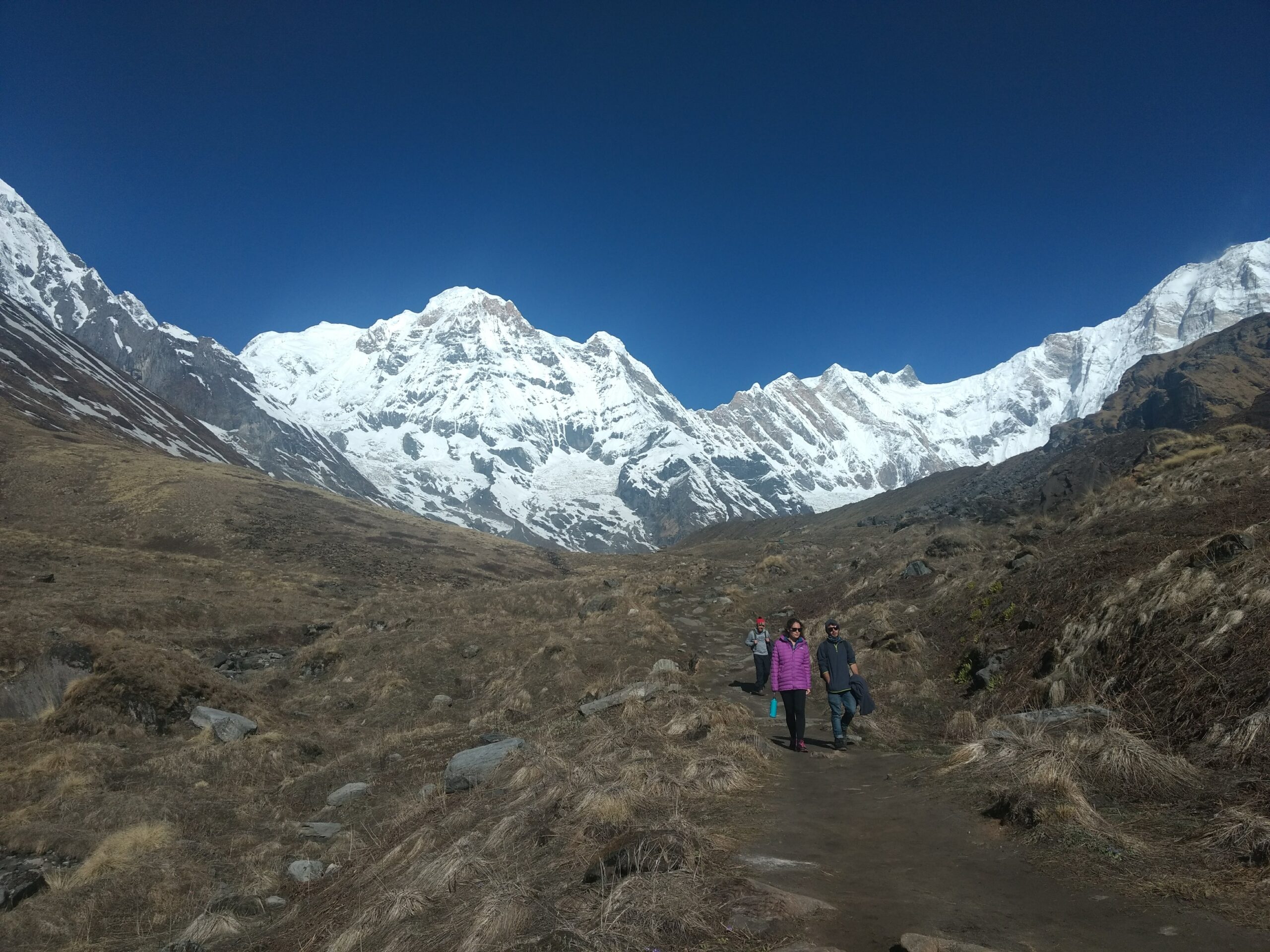
Trekking in Nepal:
Nestled in the heart of the mighty Himalayas, Nepal attracts nature and adventure lovers with its picturesque and awe-inspiring landscapes, unique cultures and traditions. This beautiful country is also home to some world-renowned trekking routes such as the Everest Base Camp Trek, Annapurna Base Camp Trek, Manaslu Circuit Trek and Langtang Valley Trek which are considered some of the best and popular treks in Nepal.
Nepal’s trekking trails offers some awe-inspiring experiences. If you are seeking adventure, or want to spend some time in solitude away from the busy life in the cities, or even want to immerse yourself into the local culture, trekking in Nepal is full of many wonders for everyone! Among the numerous trekking destinations, the Annapurna Base Camp (ABC) trek is a most popular and preferred trek in Nepal for those looking to experience the magnificent beauty and the sheer grandeur of the Annapurna range without the extreme altitude challenges of Everest Base Camp Trek.
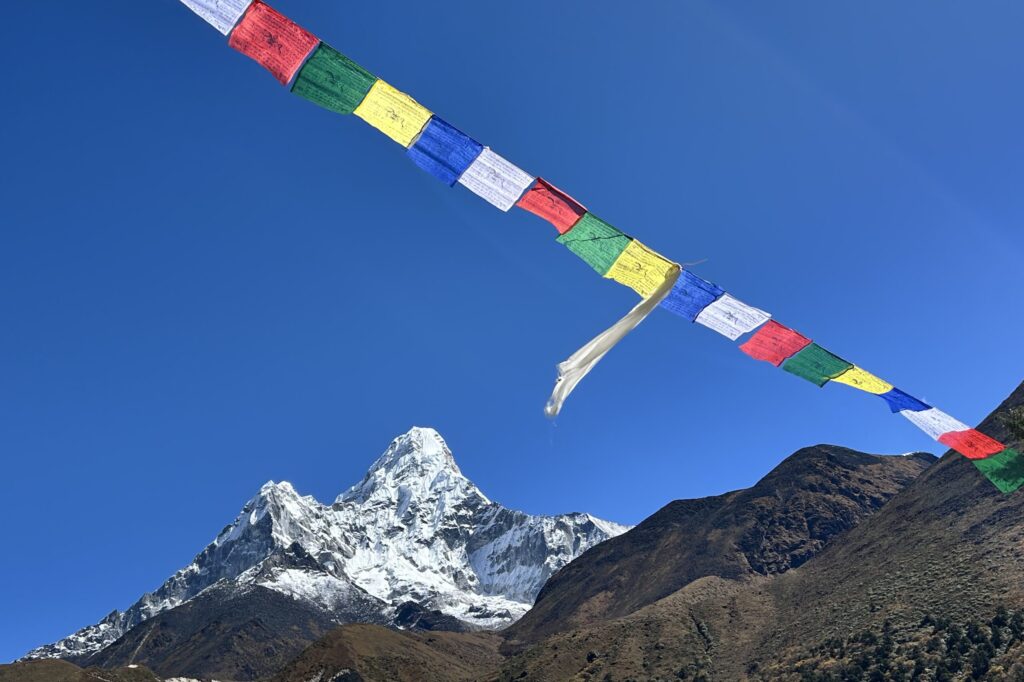
Trekking in Nepal is a one in a lifetime experience. Mt. Ama Dablam in all its glory
Annapurna Base Camp Trek Overview:
The Annapurna Base Camp trek is a bucket-list journey through Nepal’s Annapurna region, offering trekkers a perfect blend of rugged trails, breathtaking scenery, and rich cultural experiences. Nestled at 4,130m amidst the towering peaks of the Annapurna massif, this trek takes you to the heart of the Himalayas, surrounded by giants like Annapurna I (8,091m) and the sacred Machapuchare. Whether you’re a seasoned trekker or a fit beginner, this guide provides everything you need to plan your adventure and optimize your experience.
Starting from the picturesque city of Pokhara, the Annapurna Base Camp trek spans 7-12 days, depending on your pace and chosen route. Covering approximately 115 km round-trip, the trail winds through terraced fields, dense rhododendron forests, and high-altitude alpine zones. Most trekkers opt for the classic route via Ghorepani and Poon Hill, which adds a stunning sunrise viewpoint to the itinerary.
The trek’s moderate difficulty, combined with its accessibility from Pokhara (a 6-hour drive or 25-minute flight from Kathmandu), makes it one of Nepal’s most popular Himalayan treks. You’ll stay in traditional teahouses, simple guesthouses run by local families offering a cozy respite after long days on the trail.
A Historical Perspective
The Annapurna region’s allure isn’t just scenic; it’s steeped in history. In 1950, French mountaineer Maurice Herzog led the first confirmed ascent of an 8,000-meter peak, summiting Annapurna I. Chronicled in his book Annapurna, this feat marked a milestone in mountaineering and spotlighted the region globally. Today’s trekkers follow paths once trodden by explorers, traders, and shepherds, adding a layer of historical depth to the journey.
How Trekking in the Annapurna Region Differs from the Everest Region?
The comparison between the Annapurna Base Camp Trek with the Everest Base Camp Trek, is obvious when choosing to do a trek in Nepal. Both the treks in Nepal, lead to the base camp of towering mountain peaks. Everest being the tallest mountain on the Earth, the journey to its base camp is an iconic classic Himalayan trek. Mt. Annapurna is the 10th highest mountain in the world and the journey to its base camp is considered as one of the most scenic trekking routes in Nepal. However, they offer distinct landscapes, altitudes, and experiences.

- Altitude Difference – On the Everest Base Camp trek, trekkers reach up to 5,364 meters (17,598 ft), while trekking to Annapurna Base Camp takes you at 4,130 meters (13,549 ft). With the altitude just around 4000 meters, Annapurna Base Camp is a preferred option for first time trekkers who are concerned about getting the altitude sickness.
- Varied Terrain – While the trails to Everest Base Camp traverse mountain villages, glacier-covered paths and relatively rugged terrains, the Annapurna Base Camp Trek passes through lush green dense forests, many waterfalls, and terraced farmlands.
- Cultural Experience –Deeply rooted in Sherpa and Tibetan Buddhist cultures, the Everest Base Camp Trek gives a glimpse of Nepal’s rich culture. Whereas on the Annapurna Base Camp Trek you get to experience cultures of diverse ethnic groups, including Gurung, Magar, and Thakali communities.
- Accessibility – Everest Base Camp Trek starts from a small mountain village called Lukla. The easiest and fasted way to reach Lukla required to drive from Kathmandu to Rame Chaap airport and then a short flight to Lukla. Annapurna Base Camp Trek is easily accessible via a scenic drive to Nayapul from Pokhara. One can either drive to Pokhara or take a flight from Kathmandu.
Where Does the Annapurna Base Camp Trek Start?
The Annapurna Base Camp Trek starts from Banthanti, a charming town reachable by a 2.5-3-hour drive from Pokhara. As trekkers move forward, they pass through Ghorepani, Tadapani, Chhomrong, Dovan, and Deurali, before finally arriving at Annapurna Base Camp which is located at an altitude of 4130 meters. On the Annapurna Base Camp Trail, trekkers also get a chance to explore Poon Hill, famous for its breathtaking sunrise view over the Annapurna and Dhaulagiri ranges. Poon Hills Trek is also one of the most popular treks in Nepal.
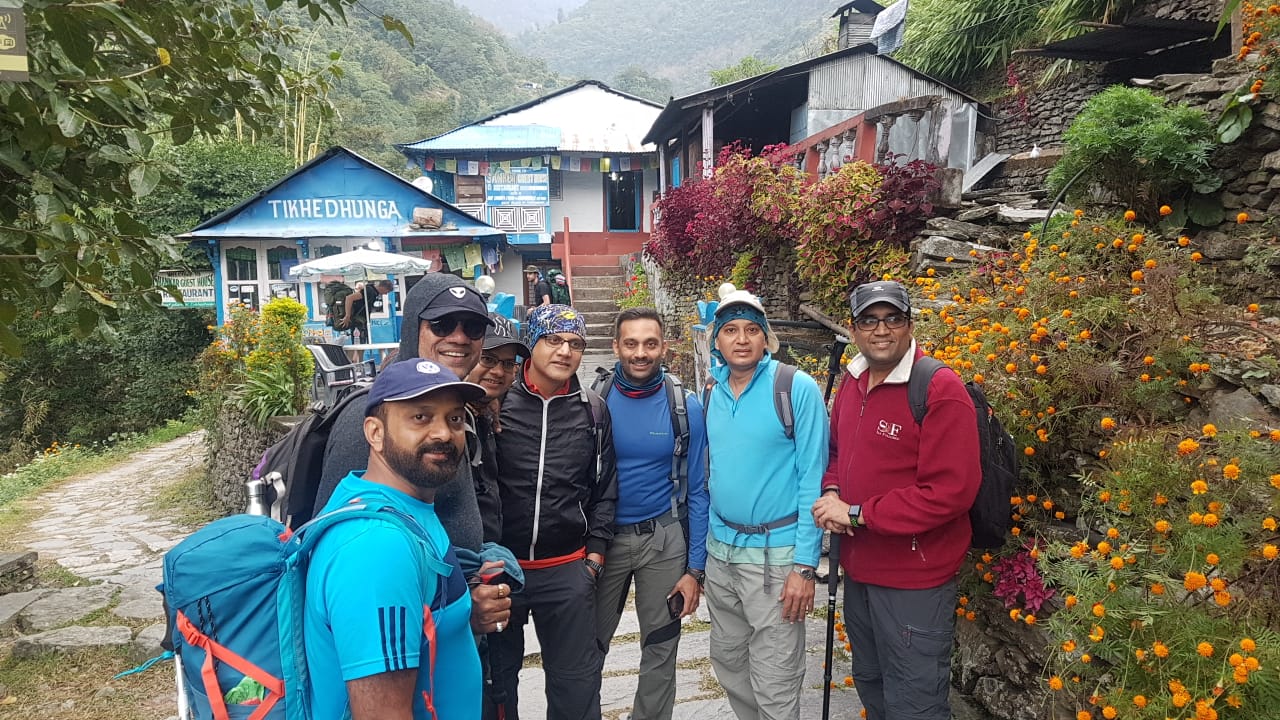
What is the duration of the Annapurna Base Camp Trek?
There are multiple itinerary options and depending on the route you choose, the duration of the Annapurna Base Camp Trek typically lasts between 6 to 12 days. At Adventure Pulse we follow an itinerary keeping in mind the acclimatization process and the day-wise trekking distance as well as altitude gain. Our standard route looks like this:
Day 1 – Arrival in Kathmandu (Hotel)
Day 2 – Fly to Pokhara, Drive to Banthanti (3 hours)
Day 3 – Trek from Banthanti to Ghorepani (2874 M) (Evening hike to Poon-Hill)
Day 4 – Trek from Ghorepani to Tadapani (2630 M)
Day 5 – Trek from Tadapani to Chomrong (2170 M)
Day 6 – Trek from Chomrong to Dovan (2600 M)
Day 7 – Trek from Dovan to Deurali (3200 M)
Day 8 – Trek from Deurali to Annapurna Base Camp (4130 M)
Day 9 – Trek back to Bamboo (2130 M)
Day 10 – Trek to Jhinu Danda (1725 M) & Drive to Pokhara (approx. 3-4 hours drive)
Day 11 – Fly to Kathmandu & overnight stay
Day 12 – International Departure
How difficult is the Annapurna Base Camp Trek?
The trek is rated as a moderate to difficult grade, which makes it an ideal and accessible option for both beginners as well as experienced trekkers. However, one should not underestimate the trek as it includes relatively steep ascents and descents, long trekking hours, and cold temperatures at higher altitudes. The route to Poon Hill and Annapurna Base Camp Trek includes climbing stairs which could be physically demanding for some and adds additional challenges. It is very important to prepare well before undertaking this trek and we recommend incorporating staircase climbing in to your training regime.
You can find a detailed Physical Fitness Preparation Guide here: https://adventure-pulse.com/trek/annapurna-base-camp-trek/
Trek Highlights of the Annapurna Base Camp Trek
The Annapurna Base Camp trek is renowned for its diverse attractions:
- Annapurna Sanctuary: A glacial basin surrounded by 10 peaks over 6,000m, offering a spiritual and visual spectacle.
- Machapuchare: The unclimbed “Fishtail” peak, sacred to locals and a striking landmark throughout the trek. Machapuchare peak dominates the skyline with its distinctive silhouette.
- Poon Hill: A 3,210m viewpoint with 360-degree vistas of the Himalayas at dawn. A sunrise vista that paints the Annapurna and Dhaulagiri ranges in hues of gold and pink.
- Rhododendron Forests: Nepal’s national flower blooms vibrantly in spring, lining trails with color. Spring treks reveal a kaleidoscope of blossoms, especially striking between Ghorepani and Tadapani.
- Hot Springs: Jhinu Danda’s thermal pools provide natural relaxation amidst rugged terrain.
- Wildlife: Spot Himalayan tahr, langur monkeys, and rare birds like the Danphe pheasant.
Who Is It Recommended For?
The Annapurna Base Camp Trek is ideal for:
– Beginner Trekkers who want to go on their firs high-altitude trek in Nepal.
– Adventure enthusiasts looking for a trek that perfectly balances challenges of high altitude trekking and the rewards.
Though this is technically a high-altitude trek, the highest altitude a trekker will experience is 4130 m above sea level, thus ensuring that the trail does not leave you breathless.
Best Time to Trek to Annapurna Base Camp:
The best time to trek Annapurna Base Camp is the Pre monsoon season in Nepal which is from March to May. Expect to trekking through Vibrant rhododendron forests, pleasant weather, clear mountain views.
During the Spring season (March to May), the temperature on the Annapurna Base Camp Trek remains little warmer and pleasant. The day time temperature ranges between 5 °C to 12 °C and the night time temperature at the higher places could go as low as sub-zero temperatures.
Annapurna Base Camp Trek is also recommended during the Autumn season (September to November) in Nepal. During this time, the day time temperatures range between 10 °C to 15 °C and night time temperature as low as 0 °C to -5 °C. The weather is usually Dry with crisp cold air and stunning visibility of the mountain peaks around.
Experienced trekkers can also consider doing the trek in Winter (December-February). However, the trek becomes very challenging due to snow and extreme cold temperatures. Biggest advantage is that the trails are less crowded and peaceful during winters.
Avoid the Monsoon season in Nepla (June-August) as there are very high chances to landslides and cold rainy weather.
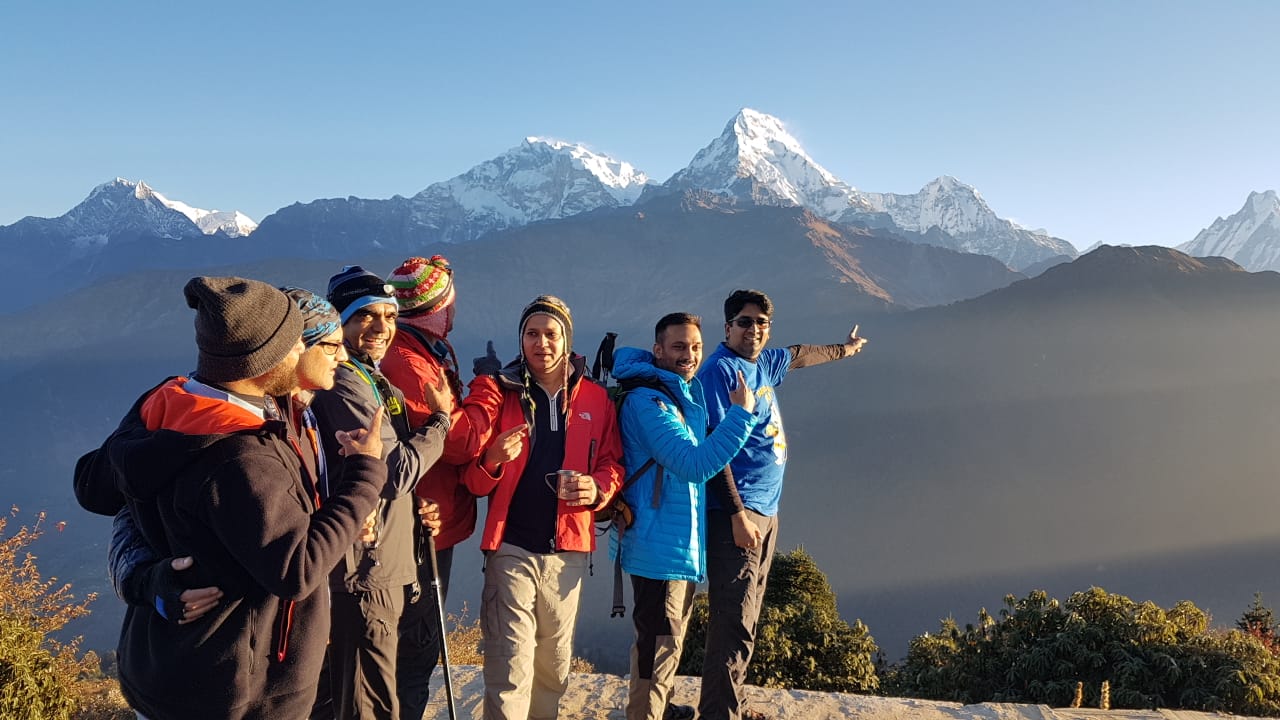
What are the Accommodation options on the Annapurna Base Camp Trek?
Like many other treks in Nepal, Annapurna Base Camp Trek is also a Teahouse style trek. Teahouses are local lodges which offer basic yet comfortable stays. These teahouses typically have shared rooms (dorm room or on twin sharing at a few places subject to availability) with simple beds and communal dining areas. Some of the teahouses also provide services like Hot showers, WiFi, Laundry etc at an additional cost.
What kind of Food do you get on the Annapurna Base Camp Trek?
As Annapurna Base Camp Trek is one of the most popular treks in Nepal, the region cater to trekker from all parts of the world. All the teahouses along the trail offer wide variety of food options. The Meals are freshly prepared in the Tea Houses that we stay in during the trek.
Typical Days Meals Example:
- Breakfast – Porridge, Two eggs, toast with jam or Butter and Hot tea/coffee/ Chocolate.
- Lunch – Rice with Lentils & Vegetables commonly known as Dal Bhat Tarkari, Choice of Fried Rice or Noodles.
- Dinner – Choice of Soup, Mashed potatoes, Choice of Noodles/fried Rice and Hot Drinks.
Preparing for the Annapurna Base Camp Trek
Physical Fitness and Training Requirements
The Annapurna Base Camp Trek presents a moderate physical challenge that requires thoughtful preparation to fully enjoy the experience. While not technically demanding like some high-altitude climbs, the combination of sustained hiking days, significant elevation gain, and reduced oxygen levels calls for adequate physical conditioning.
Cardiovascular Endurance forms the foundation of your trekking fitness. The ABC trek involves 5-7 hours of walking daily for multiple consecutive days. To prepare, I recommend implementing a progressive cardio program 2-3 months before your trek. Start with 30-minute sessions of brisk walking, jogging, cycling, or swimming three times weekly, gradually increasing duration to 60-90 minutes. Incorporate interval training (alternating between higher and lower intensities) to simulate the varied terrain you’ll encounter. Aim to build comfort with sustained activity before attempting more challenging workouts.
Strength Training deserves equal attention, particularly for legs and core. The trek features countless stone steps (both ascending and descending), which can challenge even experienced hikers. Focus on exercises like squats, lunges, step-ups, and calf raises to build lower body strength. Core exercises such as planks and bridges will improve stability and posture when carrying a daypack. I suggest 2-3 strength sessions weekly, using bodyweight exercises or light resistance, prioritizing proper form over heavy weights.
Practice Hikes provide the most trek-specific preparation. If possible, conduct weekly hikes of increasing difficulty, eventually working up to 6-8 hour excursions with elevation gain. Use these practice hikes to break in your boots, test your gear, and develop your hiking rhythm. If you live in a flat area, use stair climbing, stadium steps, or inclined treadmill walking to simulate uphill sections. Always carry a loaded daypack during training to condition your body to the weight you’ll carry on the trek.
Altitude Considerations remain crucial despite the moderate maximum elevation of ABC (4,130 meters). No amount of physical training can completely prevent altitude-related challenges, but better cardiovascular fitness may help your body adapt more efficiently to reduced oxygen levels. If possible, include some training at higher elevations before your trek. However, remember that the most effective strategy for altitude management is a well-planned acclimatization schedule.
Realistic Expectations are important regardless of your fitness level. Even very fit individuals may experience fatigue and challenge during the trek. The goal of physical preparation isn’t to eliminate all difficulty but to build sufficient capacity to recover between trekking days and maintain energy for enjoying the experience. Remember that mental fortitude often proves as important as physical conditioning during challenging sections.
Essential Packing List for Annapurna Base Camp Trek
Find the list of things to carry here: https://adventure-pulse.com/trek/annapurna-base-camp-trek/
The Annapurna Base Camp Trek is a must-experience adventure, blending natural beauty, cultural depth, and the rewarding thrill of reaching the foot of Annapurna I (8,091m). Whether you’re a solo traveller, part of a group, or an adventurer looking for a Himalayan experience, this trek guarantees unforgettable memories.
Feeling inspired to start your Himalayan Trekking Adventures? Get in touch via email on [email protected] to know more about our upcoming treks in Nepal.
Follow me on my Instagram @umangxdave for more!
